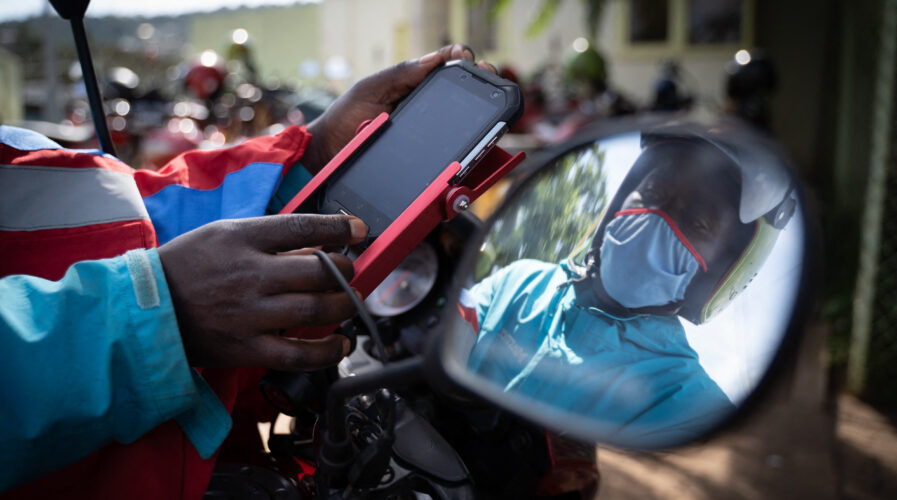
Real-time payments in 2021 led to a US$1.8b savings for Asia Pacific consumers. (Photo by Simon Wohlfahrt / AFP)
Real-time payments in 2021 led to a US$1.8 billion savings for Asia Pacific
- Asia-Pacific remains the most developed real-time payments market globally, with Thailand leading the way in terms of volume and economic growth.
- Globally, 118.3 billion real-time payment transactions were made in 2021, representing a growth of 64.5%, and that is set to rise to US$427.7 billion in 2026, according to GlobalData.
Real-time payment systems have been driving change for traditional payment methods— credit, debit, prepaid— as consumers have generally come to expect faster settlement periods. While it is revolutionizing commerce around the world, changing the world’s financial landscape, no part of the world is as advanced in real-time payments as Asia Pacific is.
According to Globaldata’s Prime-Time for Real Time 2022 report, published by ACI Worldwide and the Centre for Economics and Business Research (Cebr) recently, Asia Pacific remains the most developed real-time payments market globally, with Thailand leading the way regionally in terms of volume and economic growth.
“Thailand recorded 9.7 billion real-time transactions, the fourth leading country in the world. The widespread adoption of real-time payments resulted in estimated cost savings of US$1.3 billion for businesses and consumers in 2021, which helped to unlock US$6 billion of additional economic output, representing 1.12% of the country’s GDP,” ACI Worldwide said in a statement.
As for Singapore, real-time payments transactions hit 256 million and realized approximately US$105 million worth of cost savings for businesses and consumers, while adding US$349 million of additional economic output, equivalent to 0.10% of GDP. “Real-time payments transactions are predicted to reach 603 million in 2026, a CAGR of 18.7% – net savings for consumers and businesses are expected to reach US$231 million, generating additional economic output of US$573 million, or 0.15% of GDP,” the report shows.
Malaysia on the other hand, recorded a higher amount of real-time payments transactions in 2021 compared to Singapore, at 1.1 billion transactions, accounting for an estimated US$434 million cost savings for businesses and consumers. That had indirectly unlocked US$364 million of additional economic output, equivalent to 1.11% of GDP.
“Cebr forecasts real-time transactions to grow at 3.6 billion in 2026, a CAGR of 26.9%, with net savings for consumers and businesses expected to reach US$637 million in 2026, generating additional economic output of US$954 million, or 0.2% of GDP,” according to the report.
Meanwhile Indonesia, which only recently launched its first nationwide real-time payments network in December last year, BI-FAST, real-time transactions is forecasted to rise to 1.6 billion in 2026 – with net savings for consumers and businesses are projected to climb to US$222 million, helping to generate an additional US$747 million of economic output.
The most interesting revelation by the report is the fact that India accounted for the largest number of real-time transactions (48 billion) in the world last year, three times that of nearest China (18 billion transactions), and 6.5 times that of the US, Canada, the UK, France, and Germany, combined.
To top it off, real-time payments accounted for 31.3% of the overall payments transaction volume in India in 2021, mainly due to merchant acceptance of UPI-based mobile payment apps and QR code payments, as well as increased use of digital payments during the Covid-19 pandemic.
READ MORE
- Ethical AI: The renewed importance of safeguarding data and customer privacy in Generative AI applications
- How Japan balances AI-driven opportunities with cybersecurity needs
- Deploying SASE: Benchmarking your approach
- Insurance everywhere all at once: the digital transformation of the APAC insurance industry
- Google parent Alphabet eyes HubSpot: A potential acquisition shaping the future of CRM
